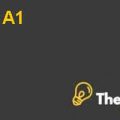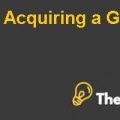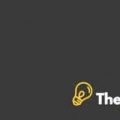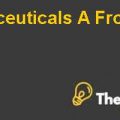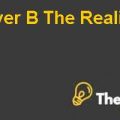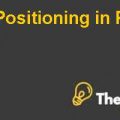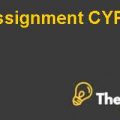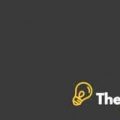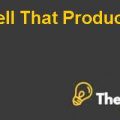Finch Co Case Study Solution
The free cash flows for the company have been calculated in the excel spreadsheet question 1 sheet. The free cash flows have been calculated for 5 years from 2011 to 2015. The question asked to calculate the free cash flows for three years however; two more years have been added so that a realistic enterprise value is calculated in the third question.
In order to calculate the free cash flow of the company, the operating income has been taken, which is projected in exhibit 3. The tax expense has then been deducted an average rate of 30% to calculate the net operating profit after tax for each of the year. Depreciation for each of the years is $ 5000, which has been then added back because depreciation is a non-cash expense. In this way, we get the adjusted operating cash flows for FinchCo.
In order to calculate the working capital requirements for each of the year, first of all the working capital to sales ratio has been calculated. According to the assumptions of Ms. Bhathal, the value in 2010 has been used to calculate the working capital to sales ratio which is approximately 14%. Based on this, the working capital has been calculated for each year and then incremental working capital has been deducted from the adjusted operating cash flows. Investment in capital expenditure is equal to depreciation in each of the years, which has been also deducted. In this way, the final free cash flow for the company has been calculated.
Finch Co Harvard Case Solution & Analysis
Finch Co Harvard Case Solution & Analysis
Question 2 – Cost Of Equity
The capital asset pricing model has been used to calculate the cost of equity for the company. The market risk premium used here is the illiquidity premium, which is 6% and the risk free rate used here is 0.94% provided in the case and in exhibit 4. The beta of a comparable company called Toromont Industries has been used, which is 0.8. This beta has not been ungeared based on the capital structure of Toromont.
The reason for this is that Toromont Industries has 0 debt in its capital structure therefore, its beta equity is equal to beta asset. Moreover, the target capital structure of 40% debt to total value has been used as suggested by Ms. Bhathal to calculate the re-geared beta or beta equity for FinchCo. Based on the formula of the capital asset pricing model, the cost of equity has been calculated to be 8.94%.
Furthermore, since the valuation in the next question would be performed on the basis of the weighted average cost of capital for the company, therefore, based upon the target capital structure and the after tax cost of debt provided in the case, the weighted average cost of capital has been calculated. The cost of capital for FinchCo is 6.37%.
Question 3 – Enterprise Value
The free cash flows for FinchCo have been calculated in question 1 for the 5 year period from 2011 to 2015. Using the weighted average cost of capital for the company calculated previously of 6.37%, the present value of the free cash flows of the company has been calculated, which has been found to be $ 16432................
This is just a sample partial case solution. Please place the order on the website to order your own originally done case solution.

